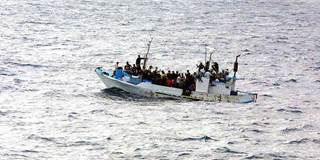The European refugee crisis marks the first time that the EU has been tasked with accommodating so many people from outside the continent, and it is unlikely to be the last. Unless policymakers incorporate a long-term vision into their approach to migration, similar emergencies will become increasingly frequent.
NEW YORK – The roughly 750,000 people who have arrived in Europe by sea in 2015 make up just a small part of the 60 million people displaced by war or persecution – the largest number in recorded history. Europe has experienced a mass influx of migrants before; some 700,000 refugees entered the European Union following the 1993 the breakup of Yugoslavia. But this marks the first time in history that the EU has been tasked with accommodating so many people from outside the continent, including new arrivals from Libya, Syria, Iraq, and Afghanistan.

NEW YORK – The roughly 750,000 people who have arrived in Europe by sea in 2015 make up just a small part of the 60 million people displaced by war or persecution – the largest number in recorded history. Europe has experienced a mass influx of migrants before; some 700,000 refugees entered the European Union following the 1993 the breakup of Yugoslavia. But this marks the first time in history that the EU has been tasked with accommodating so many people from outside the continent, including new arrivals from Libya, Syria, Iraq, and Afghanistan.